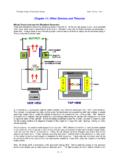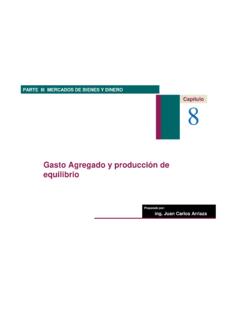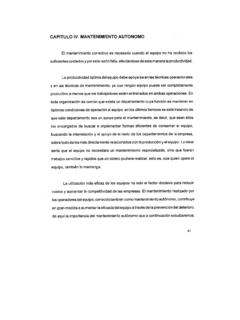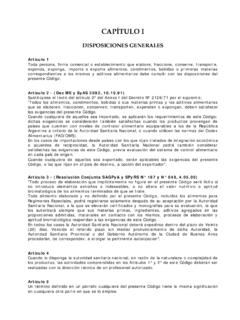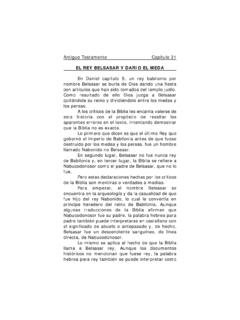Transcription of Chapter 14: Renewable Energy Devices
1 A Practical Guide to Free- Energy Devices Author: Patrick J. Kelly Chapter 14: Renewable Energy Devices Note: If you are not at all familiar with basic electronics, you might find it easier to follow parts of this Chapter if you read Chapter 12 first. Heaters. The Devices described here are not free- Energy Devices as such, but in spite of that, it is an area of considerable interest to many people, and the subject is included here because of that.
2 If you do not live in an urban area, then a solid fuel stove can be an economic solution, especially if the fuel can be collected free from wooded areas. Stove design has advanced considerably and it is now possible to make a simple stove with very high efficiency and very low emissions as shown here: Although this stove is a very simple construction, it s efficiency is very high indeed. The best fuel is made of smaller pieces which rest on a simple shelf. Branches work better than large pieces of wood as the consumption is more complete.
3 As the fuel is consumed, it is pushed further into the stove, which gives the user an appreciation of the rate of consumption. Having the fuel resting on a shelf has the major advantage of allowing air to flow both above it and below it, which gives improved combustion. The operation is said to be so good that there is virtually no residue and no emissions. Again, if land space is available, a solar oven (or Stirling motor) can be used, either to store Energy for later use or generate heat for cooking or home heating, as can hot-water solar panels.
4 However, it is only realistic to consider the application to be during the night in a built-up area with little or no spare space for equipment. The Wood-Gas Stove. There is another very effective type of wood-burning stove. There are several commercial versions of this stove on sale, but most of them use an electric fan to get the effect which is produced automatically by this design. This design has been replicated by Alberto Feliciano and found to be very effective in operation. It causes a load of wood which would normally burn up in fifteen minutes to burn for a whole hour, putting out a much greater amount of heat.
5 The design is very straightforward. There is an outer drum which has a solid base, and the opposite end removed entirely as shown here: 14 - 1 A ring of ventilation holes is drilled around the whole of the bottom edge of the drum and threaded rods are run through the drum. These support a circle of wire mesh which forms a supporting shelf. A smaller drum then has both ends removed, to form a cylinder. This cylinder is to fit inside the outer drum. It rests on the mesh shelf of the outer drum. This cylinder has a ring of ventilation holes is drilled around the whole of it s upper edge as shown here: A third drum which is only slightly smaller than the outer drum is cut down to make a cap for the inner cylinder.
6 This cap is not tight-fitting, but it effectively closes off the top of the gap between the sides of inner cylinder and the sides of the outer drum: This cap has a circular hole cut in it, and this hole is only slightly smaller than the diameter of the inner cylinder. It is supported by the upper lip of the inner drum but the hole is large enough that it does not obstruct the flow of heat up through the top of the inner drum. These three pieces fit together like this: 14 - 2 Wood of any type, branches, sticks, firewood, etc.
7 Are placed inside the inner cylinder and set alight. Initially, the flames come out of the top of the stove as you would expect, but after a few minutes, the combustion alters completely. The burn now becomes that of wood-gas rather than of the wood itself. The wood is slowly converted to charcoal and the gas released by this process burns with greater heat than the wood would give as well as burning for a much greater length of time. This stove design can be made in any size.
8 Small versions get a burn length of about three times that of the wood burning in the open air, while large versions can reach four times the burn length. Flames no longer come out of the top of the stove, but instead, they come out of the ring of holes around the base of the outer drum. The process is like this: A high-temperature gas burn takes place in the centre of the inner cylinder. This pushes heat out through the top and the bottom of the inner cylinder. The heat flowing out of the top is used for heating or cooking as before.
9 The heat flowing out of the bottom gets diverted around the outside of the inner drum, flows upwards, is caught by the cap and fed back into the inner cylinder through the ring of holes at the top of the inner cylinder. This raises the temperature of the gas burn even further and it augments the heat coming out of the top of the stove. The result is a very hot burn which goes on far longer than would happen if the same wood was burnt on an open fire or in a single open drum. When the wood reaches the end of it s burn cycle, it can be replaced by feeding new wood through the hole in the cap which rests on the inner cylinder.
10 The stove will need to be emptied of ash from time to time. 14 - 3 Mr Teslonian s Heating / Fuel-producing / Electricity and Refrigeration System The Wood-gas stove shown above has been taken several steps further by Mr Teslonian as shown in his videos: and where he burns twigs in a home-made wood-gas furnace, heats his house, heats his water, produces engine fuel, runs an electricity generator off the gas and powers a refrigerator. All that, from a few twigs! This is very impressive and he is definitely to be congratulated for his development.


